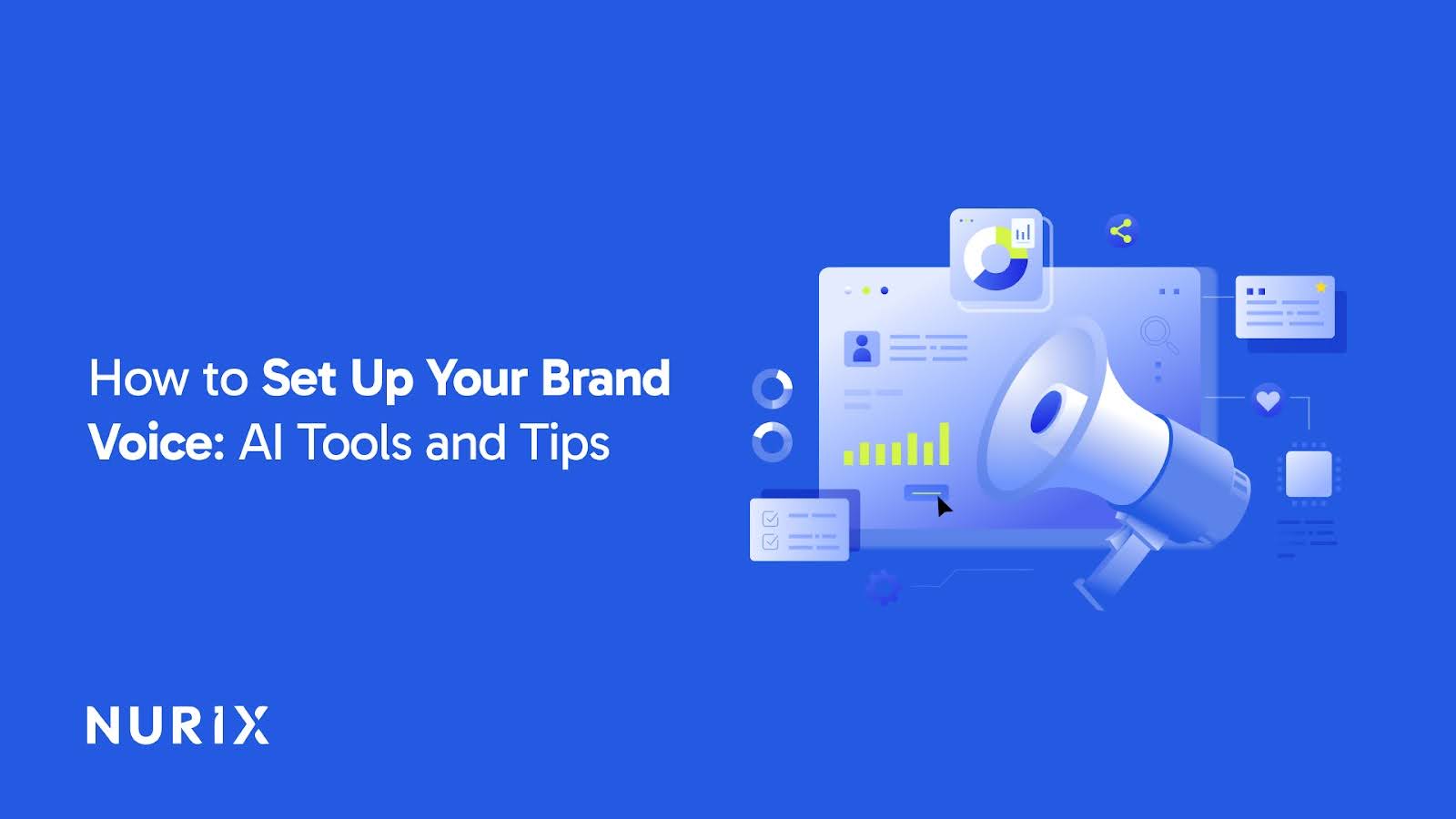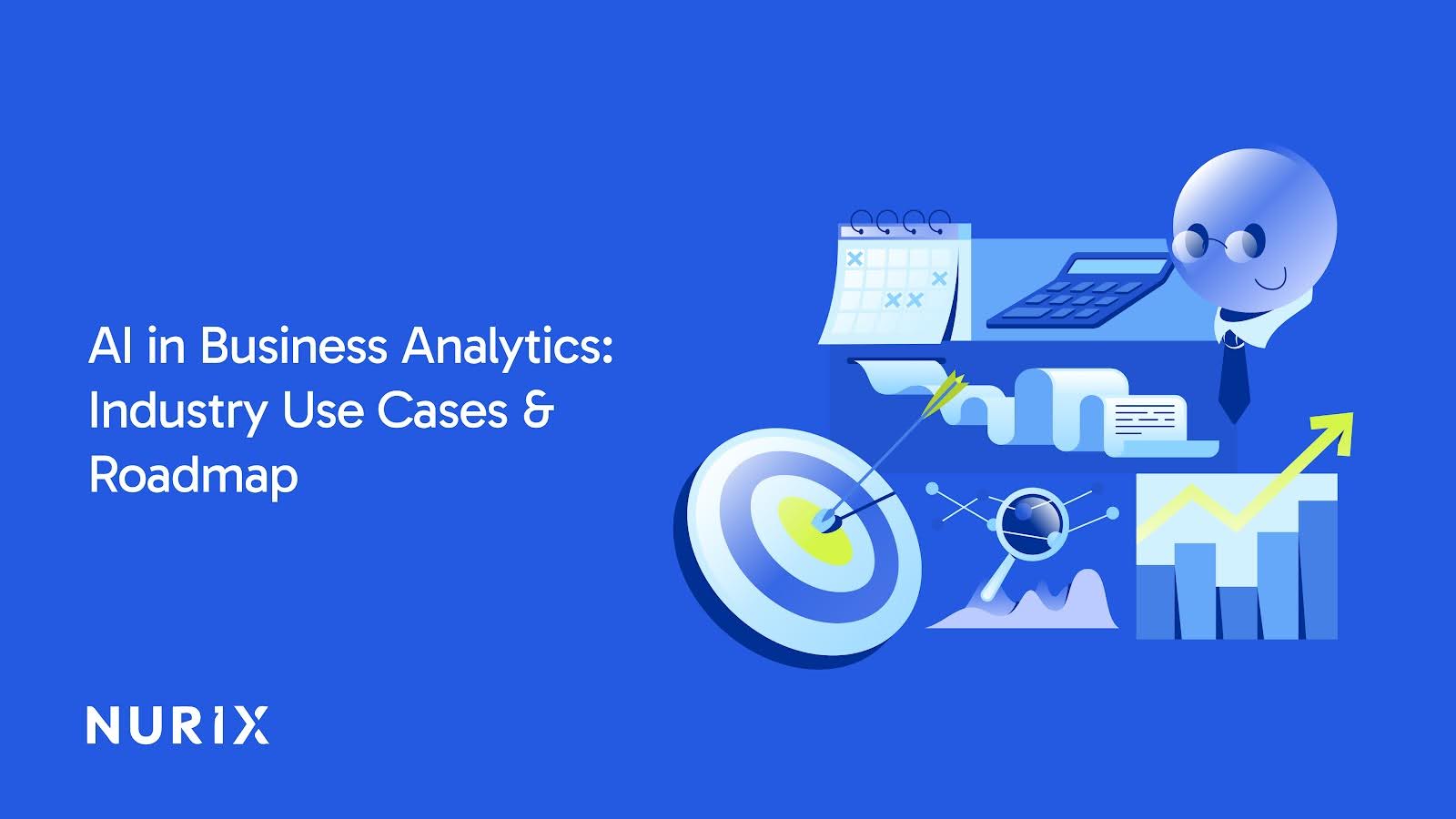What happens when the lifeblood of business, the flow of capital, gets stuck in endless queues of paperwork and manual checks? Every delayed loan means stalled projects, lost revenue, and fading trust from customers and partners alike. Behind these bottlenecks are outdated systems weighed down by fragmented data, rigid rules, and human limitations that struggle to keep up with today’s demands.
Manual reviews, inconsistent assessments, and opaque decision-making not only slow the process but expose lenders to hidden risks and missed opportunities. The gap between business needs and loan delivery keeps growing, threatening growth and survival. Yet, a quiet revolution is underway, powered by intelligent systems designed to cut through complexity, speed approvals, and bring clarity to chaos.
In this blog, we’ll explore how AI agents are changing the way financial institutions process loans, helping businesses get the capital they need when it matters most.
Understanding AI Agents in Loan Processes
AI agents are autonomous systems that manage tasks in the loan process without constant human help. They use natural language processing, machine learning, and automation to handle origination, underwriting, and servicing.
Unlike simple automation, they make decisions, adapt to changes, and know when to use external tools. Advanced setups involve multiple agents working together, reducing errors and escalating complex cases to humans when needed. This approach goes far beyond traditional automation.
Why Financial Institutions Are Adopting AI Agents
Financial institutions adopt AI agents to tackle key challenges in loan processing, speed, accuracy, compliance, and risk management.
- Efficiency Gains: AI agents speed up loan processing significantly, cutting costs and improving customer experience. For instance, some banks have shortened loan approvals from hours to minutes for time-sensitive cases.
- Improved Accuracy and Risk Control: By reducing human errors and validating data, AI agents enhance fraud detection and credit risk assessments, helping lenders reduce risk while approving loans faster.
- Financial Inclusion and Growth: AI agents use alternative data and advanced models to approve more loans without compromising quality, allowing lenders to serve customers often missed by traditional methods. This leads to higher loan closing rates and better margins.
- Consistent Compliance: AI agents enforce policies consistently and keep detailed audit trails, helping institutions meet regulatory requirements and build customer trust through transparent processes.
Grasping what AI agents are and how they operate sets the stage for understanding the real changes they bring to loan processing. The following points highlight the key areas where their impact is most evident.
Key Improvements in Loan Processing Enabled by AI Agents
Loan processing often struggles under the weight of complex data and rigid procedures, leaving gaps that affect speed and fairness. New methods driven by intelligent systems address these issues, opening pathways for clearer, quicker, and more reliable decisions. Here’s where these improvements take hold.
1. Document Processing and Data Extraction Automation
AI agents eliminate manual document handling by automatically classifying, extracting, and validating data from diverse formats such as scanned documents, PDFs, and handwritten notes. Optical character recognition (OCR) and natural language processing (NLP) enable systems to identify key data points, including income, employment details, and debt obligations, with significant accuracy.
This reduces processing times by up to 80% while minimizing errors caused by manual entry. For example, Direct Mortgage reduced document processing costs by 80% after implementing AI-driven extraction across 200+ document types.
2. Enhanced Credit Risk Assessment
Loan qualification is one of the most critical stages in the lending process. AI agents fundamentally improve this step by automating and enhancing how borrowers are assessed. Instead of relying solely on traditional credit scores, AI agents analyze a broad set of data points—including utility payments, telecom records, and even behavioral or social indicators—to generate a deeper, more nuanced risk profile.
Machine learning models predict default likelihood with greater precision than rule-based scoring, allowing lenders to pre-qualify more applicants accurately and quickly. This leads to increased approval rates by 40% while maintaining or lowering default rates. Goldman Sachs notes that such models help institutions identify creditworthy borrowers who are often missed by conventional systems, especially thin-file or gig-economy applicants.
3. Accelerated Decision-Making Workflows
AI agents compress loan approval timelines from weeks to minutes by automating verification, analysis, and preliminary decision-making. For low-risk loans, fully automated approvals occur without human intervention, while complex cases route to underwriters with AI-generated risk summaries.
4. Fraud Detection and Compliance Assurance
Advanced pattern recognition enables AI agents to flag inconsistencies in applicant data (e.g., mismatched income reports) and detect emerging fraud tactics. Natural language processing cross-references application details with regulatory databases to ensure compliance, automatically generating audit trails and documentation.
5. Personalized Customer Experiences
AI-powered chatbots and voice assistants guide applicants through document submission, answer queries in natural language, and provide real-time status updates.
Behavioral analysis customizes communication strategies, for instance, suggesting loan products based on spending patterns or offering flexible repayment plans to high-risk borrowers. NBFCs using these tools report 60% improvements in customer satisfaction scores.
6. Post-Approval Monitoring and Collections Optimization
AI agents continuously track borrower financial health, flagging potential delinquencies weeks before missed payments. Predictive models optimize collection strategies by identifying the most effective communication channels and timing for individual borrowers, improving recovery rates by 25%.
Automated systems also handle refinancing opportunities, adjusting loan terms proactively based on market conditions.
7. Operational Cost Reduction
By automating repetitive tasks, AI significantly lowers the need for human labor in document processing, verification, and reporting. This leads to substantial operational cost savings and faster turnaround times. For example, AI implementations have reduced loan review times and eliminated errors caused by manual data entry.
8. Scalability Across Loan Types
From instant personal loan approvals to complex SME financing, AI agents adapt to diverse lending scenarios. Mortgage underwriting workflows now integrate automated property appraisals and title checks, speeding up closings significantly.
For small businesses, AI analyzes growth projections and cash flow patterns to approve loans much faster than traditional methods.
Understanding the improvements AI agents bring leads to a deeper question: how do traditional methods compare with agents that act independently in loan approvals?
Traditional vs. Agentic AI-driven Solutions in Automated Loan Approval
Automated loan approval has moved beyond simple rule-based systems to agents that think and act independently. This shift changes how decisions are made, blending speed with a deeper understanding of risk and context. Here’s how these two approaches differ and what that means for lending.
Moving from understanding the differences in AI approaches, the next challenge is how to put these agents to work effectively within loan processes.
Best Practices for Implementing AI Agents in Loan Processes
Introducing new technology in lending is more than flipping a switch, it requires careful thought about how people, processes, and systems come together. Getting these elements right determines whether AI agents help or hinder loan operations. Here’s a look at key approaches to successful adoption.
With the right approach in place, it becomes clear how these strategies perform in practice, showing real impact beyond theory.
Real-World Applications of AI Agents in Loan Processing
When theory meets practice, the true value of AI agents becomes clear. Real-world examples reveal how these systems navigate complex challenges, changing the way loans are processed and decisions are made. Here are some notable cases that highlight their impact.
- Loan Processing AI Agent: End-to-End Automation: Many banks deploy AI agents to automate loan applications by verifying documents, assessing credit, making real-time approval decisions, and integrating smoothly with existing systems. These agents complete tasks quickly, easing staff workloads.
- Instant Credit Decisions and Dynamic Rates: A digital-only bank uses AI agents to analyze real-time transaction data for instant credit decisions and personalized interest rates. They verify income from gig platforms, enabling faster, inclusive lending for freelancers and gig workers.
- Automated Income Verification for Gig Workers: Mortgage providers use AI agents to verify the incomes of gig economy workers by analyzing multiple data sources, speeding approvals and expanding homeownership opportunities beyond traditional employment.
- AI in Loan Servicing and Collections: AI agents automate payment reminders, process repayments, identify at-risk borrowers early, and re-engage drop-off applicants with personalized messages, improving collections and customer retention.
- Fraud Detection and Compliance: AI agents monitor transactions and applications for fraud in real time and cross-check data against regulatory watchlists to ensure AML compliance during onboarding and approvals, catching risks that manual reviews might miss.
Real-world examples highlight what’s possible, but they also reveal the hurdles that come with change.
Challenges and Considerations of AI Agents in Loan Processing
Bringing AI agents into loan processing introduces complexities that extend beyond technology. Balancing automation with fairness, transparency, and human judgment requires careful attention. These challenges shape how AI can be responsibly adopted and managed.
- Data Privacy and Security: Handling sensitive financial data raises risks of breaches and regulatory penalties, demanding strict protection measures.
- Bias and Fairness: AI models trained on historical data may inherit biases, risking unfair lending unless addressed through diverse data and testing.
- Transparency and Explainability: Opaque algorithms make it hard to explain decisions, undermining trust and complicating compliance.
- Integration with Legacy Systems: Older infrastructure can hinder smooth AI adoption, causing data silos and workflow disruptions.
- Limited and Incomplete Data: Lack of quality data, especially in smaller lenders, restricts AI accuracy and reliability.
- Implementation Costs: High upfront and ongoing expenses require careful assessment of return on investment.
- Regulatory and Ethical Considerations: Evolving rules demand accountability and fairness, adding operational challenges.
- User Acceptance and Trust: Scepticism from borrowers and staff means AI must be transparent and supported by human oversight.
- Talent Gap: Shortage of skilled professionals slows effective AI deployment and management.
How Nurix AI Can Help
Nurix AI builds custom AI agents that transform financial services by automating and optimizing loan processes while enhancing risk management and customer experience. Their solutions scale smoothly and adapt to evolving business needs.
- End-to-end AI automation for loan origination, underwriting, servicing, and collections
- Rapid creditworthiness assessment using advanced machine learning
- Conversational agents and chatbots offering 24/7 natural customer support
- Real-time fraud detection and proactive risk mitigation
- Significant operational efficiency and cost reduction by automating repetitive tasks
- Strong data security, regulatory compliance, and comprehensive audit trails
- Scalable platform with multi-language and voice capabilities for global use
- Ongoing support and customization aligned with changing regulations and workflows
Final Thoughts!
Loans are not just numbers on a spreadsheet, they’re hopes, plans, and livelihoods waiting to take shape. The challenge has never been simply to speed things up, but to understand the nuance behind each decision, the story behind each application. When lending moves beyond rigid checklists and embraces a deeper connection to those it serves, it changes from a hurdle into a bridge.
The future rests on this shift, not just in tools or technology, but in how institutions listen, interpret, and respond to the real needs behind every request.
Experience faster loan approvals and lower operational costs with Nurix AI agents that deliver precise risk analysis and consistent decisions. Gain clearer insights that build confidence across your lending process. Let Nurix AI manage the complexity while your team drives growth. Get in touch with us!

.avif)








